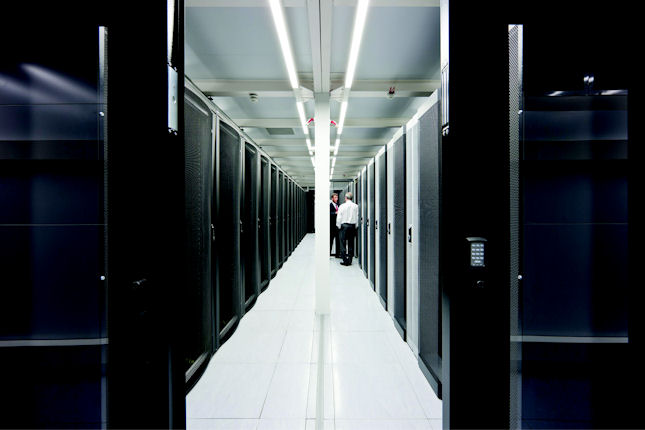30 January 2014

Colt applied projects such as tighter tolerance bands for cooling air temperature and humidity across 30,000m2 of data centre space.
A three-year programme to improve its energy efficiency has saved Colt, said to be one of Europe’s biggest private network operators, 18 per cent of its electricity bill.
The 43 gigawatt hours (GWh) cut was worth nearly £4m per year to Colt and reduced its carbon footprint by 15,000 tonnes. The firm claims that if other European carriers and data centre operators followed suit, the industry could save up to £250m annually, and reduce CO2 production by 1.2m tonnes – the equivalent of taking out a city the size of Manchester.
Colt’s VP for operations Ian Dixon says the initial savings cost little or nothing. Projects included enhanced airflow management, more accurate measurement systems, and tighter tolerance bands for cooling air temperature and humidity. They applied these to the firm’s 30,000m2 of data centre space, resulting in most of the 10 per cent savings Colt achieved Europe-wide during the first year.
Years two and three saw investment to upgrade cooling units, chiller equipment and UPSs. This cut energy costs another eight per cent.
Dixon says energy usage represents between a third and a half of data centre operating costs. “Our experience shows that many savings can be readily obtained through a series of simple steps that provide sizeable returns within 12 to 18 months. Given the age profile and makeup of Europe’s data centre estate, there is no reason why these reductions cannot be replicated across the industry as a whole.”
He adds that there are diminishing returns in refurbishing older data centres. “The business case for moving to a new data centre becomes stronger particularly where companies can time investments to align with IT infrastructure consolidation projects.” According to Dixon, the key design factors are efficiency of operations and flexibility in terms of power, cooling and space. These will ensure maximum efficiency throughout the data centre’s lifetime.








